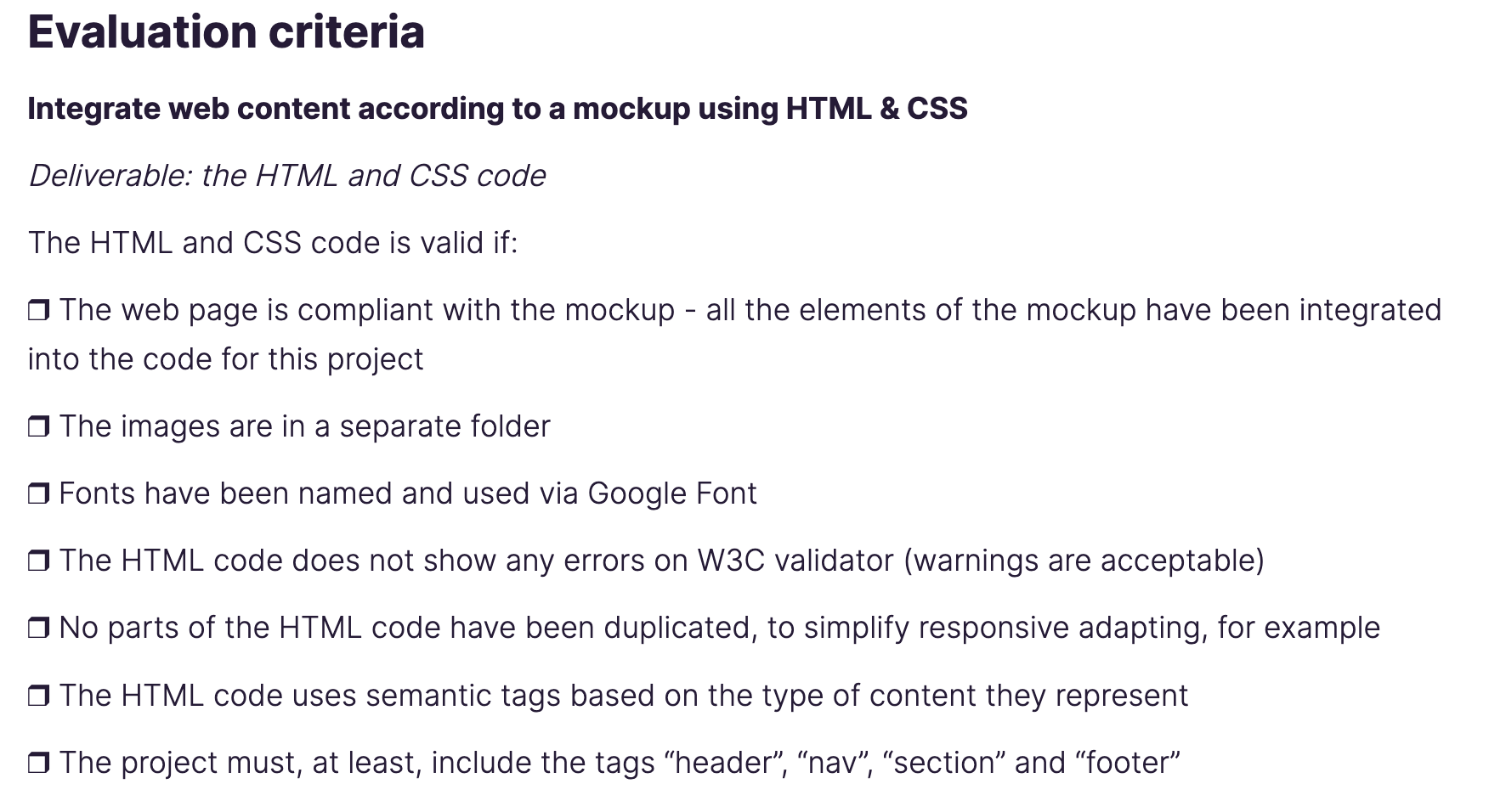Have you ever had the feeling a student didn’t understand the benefit of the work they’re doing? Although all our projects are designed so that each task has an educational and professional purpose, that purpose isn’t always obvious to the student. And yet, being aware of what we’re learning is essential for making progress.
As a mentor, you have your own role to play! You can help your student visualize the skills they’re developing at every step of the process, from the start of the project to their final assessment. We’ll find out how in this chapter.
Make the Difference Between Knowledge and Skills
We learn a new profession by acquiring knowledge—the facts, processes, or theories we need to know for a given job.
If you want to be an electrician, for instance, but you don’t know what electricity is or how it works, you’re going to have a hard time building your business!
The other part of learning a new profession is acquiring skills or know-how—the practical tools we apply on an everyday basis.
Going back to the example of the electrician, installing an electrical circuit is one of the many skills involved in that trade.
Make the Connection with Our Teaching Model
At OpenClassrooms, we believe in learning by doing. Our students develop skills specific to their future professions by applying them. As they move along their training program, they complete projects that are all related to professional skills. Once they’ve obtained these skills, they can find a job in their chosen field.

For example, the skill “Integrate web content according to a mockup using HTML & CSS” is associated with our Web Developer training path because it’s considered an essential skill for that profession.
At OpenClassrooms, students apply the skills associated with their chosen path by completing one or more deliverables. If we take the same example as above, the skill
Integrate web content according to a mockup using HTML & CSS
will be approved at the end of the project if the student produces the “HTML code, CSS code and image folder,” as indicated in the skills correspondence table in the mentor guide.

Each deliverable is evaluated during the project assessment, and must meet a defined set of assessment criteria, requirements that must be met to verify that the student has mastered the skill being assessed. These assessment criteria ensure that the student has learned to properly apply the assessed skill.
The deliverable “HTML and CSS code,” for example, is therefore assessed during the project assessment based on specific criteria, which are used to verify that the skill has been applied correctly, as shown below:

When you begin a new project, I recommend going over the skills that will be assessed, and how they will be assessed, with your student. That will allow you to establish a clear learning goal for both you and your student—for the skills they’ll be acquiring, and for what you want to achieve together!
Over to you!
You’re starting a new project with your student. Before the first session, go to your mentor guide and do the following:
Find the correspondence table for skills and deliverables, or the list of project skills.
Read the assessment criteria for each deliverable.
For each skill, summarize for your student what they need to understand about the skill, how the skill is assessed, and what the assessment is based on.
Answer Key
Check out this video answer key for the OpenClassrooms Project Management path.
Let’s Recap!
Learning a profession is done by acquiring:
Knowledge: the facts, processes or theories we need to know to do a given job.
Skills, or know-how: the practical aspects of the job.
In our teaching model, every professional project the student works on involves:
Professional skills for the student to develop
Deliverables to complete
Assessment criteria that must be met to verify that the student has acquired the desired skill.
At the start of each project, sit down with your student and go over the skills associated with the project so the student can set their own clear goals.
Assessment criteria are for mentors’ and assessors’ eyes only. Don’t share them with your student!
Now that you have a clearer picture of the concepts of skills and assessment criteria, let’s find out how to approach continuous assessment with your student!
